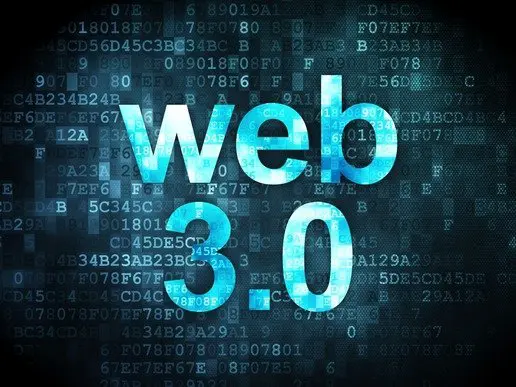
Web 3.0: Uncovering the Semantic and Decentralized Internet
Dive into the exciting world of Web 3.0, featuring technologies such as blockchain, artificial intelligence, and the semantic web, promising to revolutionize the way we interact online.
dEEpEst
What is WEB 3.0?
The Web 3.0, also known as the Semantic Web, is a term used to describe the evolution of the World Wide Web towards a more intelligent, decentralized, and connected web. Web 3.0 aims to improve the way users interact with online information and how machines process and understand this information to provide more meaningful and personalized experiences to users.
Web 3.0 is based on the following key features and technologies:
- Semantics: Web 3.0 uses metadata and ontologies to enhance machine understanding of content and context of information. This allows for more accurate and relevant search and retrieval, as well as the ability to make inferences and reasonings based on interconnected data.
- Artificial Intelligence: Web 3.0 leverages artificial intelligence and machine learning to create systems that can process information more effectively, offering more accurate and personalized recommendations and results.
- Decentralization: Web 3.0 seeks to decentralize the web, moving away from centralized models of control and data ownership. Blockchain technologies and peer-to-peer networks are foundational to this approach, allowing for greater security, privacy, and control over information and online transactions.
- Interoperability and open standards: Web 3.0 promotes the use of open standards and interoperability between systems and applications. This allows data to be shared and used more fluidly between different platforms and services.
- Cloud computing and Edge computing: Web 3.0 also leverages cloud computing and edge computing to distribute and process data more efficiently, allowing for faster and more scalable online experiences.
In summary, Web 3.0 is a vision of a more intelligent, decentralized, and connected web that seeks to improve the way users interact with information and how machines process and understand this information to provide more personalized and meaningful experiences.
How can I access WEB 3.0?
As the Web 3.0 continues to evolve, new technologies and approaches are being developed and integrated to further enhance our online experiences. Some additional aspects of the Web 3.0 include:
- Virtual and Augmented Reality: Web 3.0 embraces immersive technologies like virtual reality (VR) and augmented reality (AR) to create more engaging and interactive online experiences. This can range from virtual environments for socializing and gaming to AR applications for education and commerce.
- Internet of Things (IoT): The Internet of Things is the concept of connecting everyday devices and objects to the internet, allowing them to send and receive data. Web 3.0 integrates IoT devices into the connected web, enabling greater automation and more seamless interactions between devices, systems, and users.
- Personal Data Ownership and Privacy: Web 3.0 places a strong emphasis on user control over personal data and privacy. Decentralized technologies and advanced encryption methods aim to give users more control over their data and protect their information from unauthorized access and misuse.
- Adaptive User Interfaces and Personalization: Web 3.0 focuses on creating adaptive user interfaces that can adjust to individual user needs and preferences. This can include personalized content recommendations, customizable layouts, and intelligent systems that learn and adapt to user behavior over time.
- Collaborative and Social Networking: Web 3.0 facilitates more collaborative and social experiences online, enabling users to create, share, and interact with content and other users in new and meaningful ways. This can include decentralized social networks, content creation platforms, and other collaborative tools that empower users to contribute and participate in the digital ecosystem.
As the Web 3.0 continues to develop and mature, we can expect to see a greater convergence of these technologies and concepts, leading to a more intelligent, decentralized, and connected web that transforms the way we interact with information and each other online.
